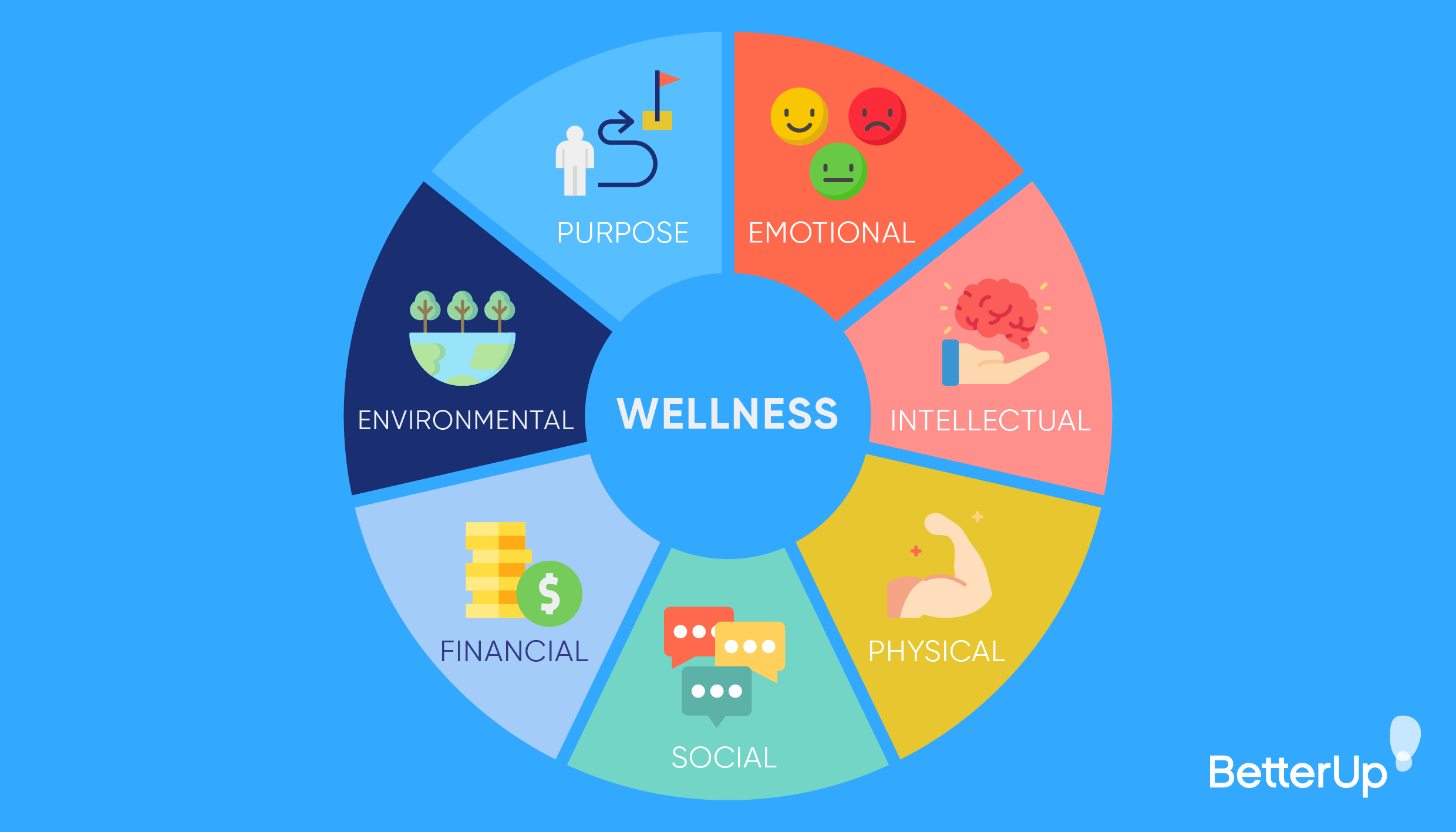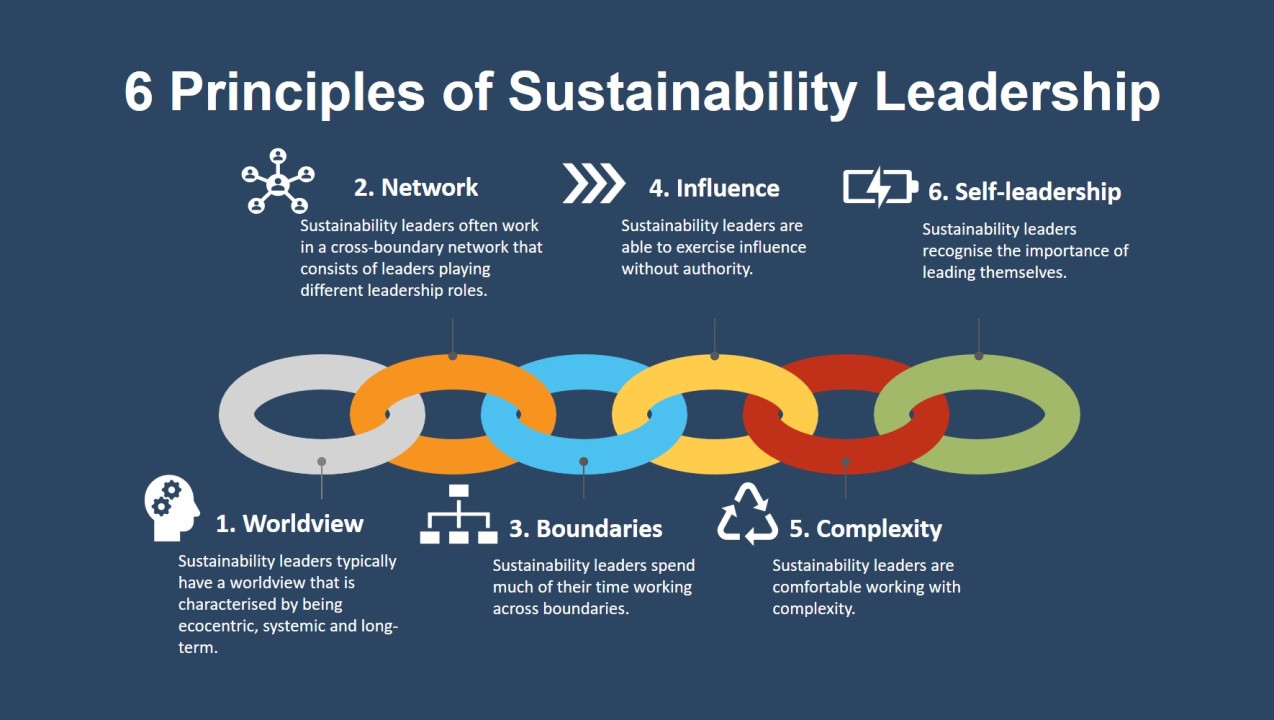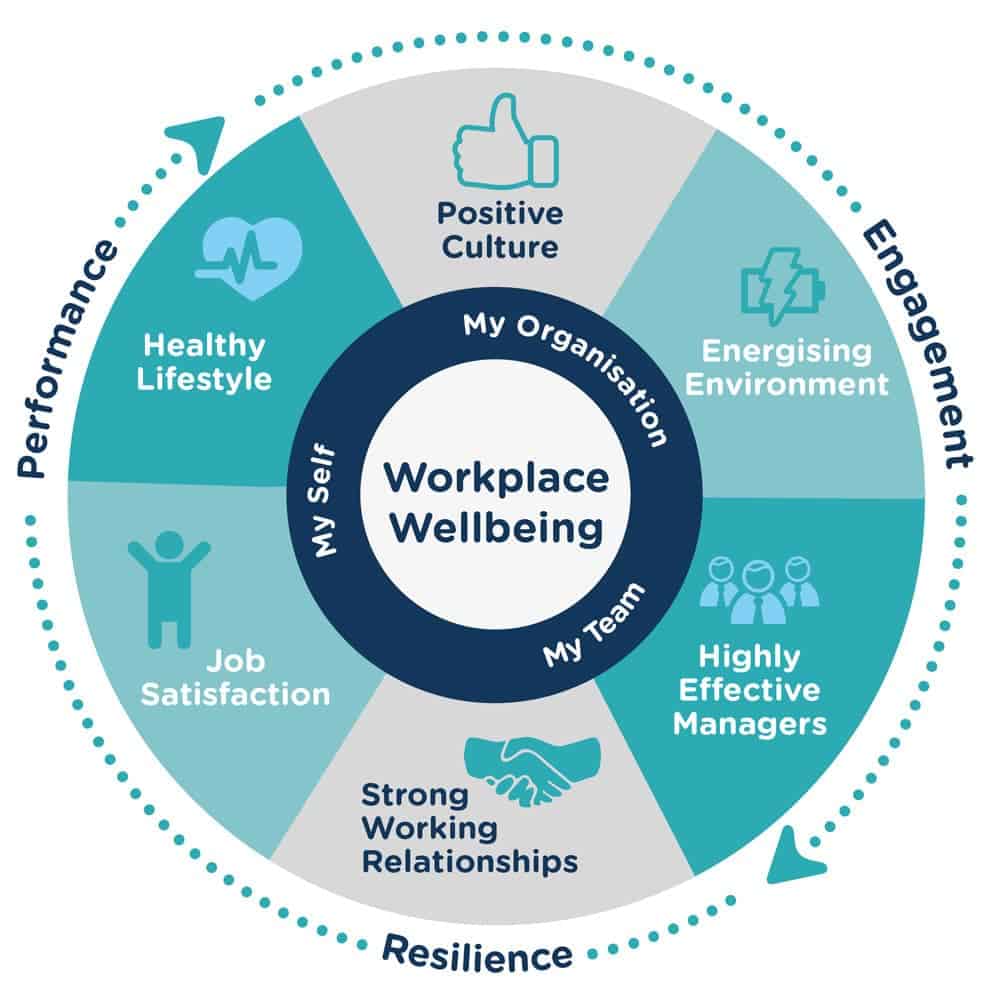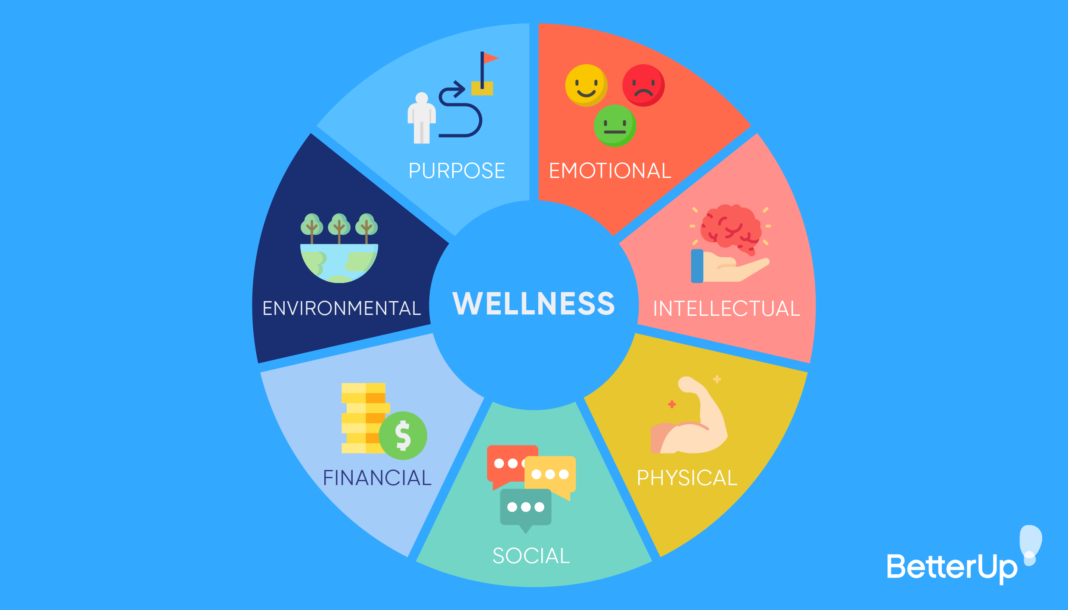In today’s fast-paced business environment, sustainable leadership is increasingly recognized as the cornerstone of long-term organizational success. At the heart of sustainable leadership lies the prioritization of employee well-being. Companies that invest in the health and happiness of their workforce not only enjoy higher productivity and innovation but also build a resilient and loyal team. This article explores why prioritizing employee well-being is essential for sustainable leadership and how companies can effectively integrate well-being initiatives into their corporate strategies.
The Importance of Employee Well-being
- Increased Productivity: Happy and healthy employees are more productive. When employees feel valued and supported, they are more likely to go the extra mile, leading to improved performance and outcomes.
- Reduced Turnover: High employee turnover can be costly and disruptive. By prioritizing well-being, companies can increase job satisfaction and loyalty, reducing the frequency of turnover and the associated costs.
- Enhanced Company Reputation: Organizations that are known for caring about their employees’ well-being attract top talent. A positive workplace culture is a strong selling point for potential hires.
- Improved Mental Health: Workplace stress is a significant contributor to mental health issues. Companies that actively work to reduce stress and promote mental health can prevent burnout and foster a healthier work environment.
Strategies to Prioritize Employee Well-being
- Flexible Work Arrangements: Offering flexible working hours and remote work options can help employees balance their work and personal lives better, reducing stress and increasing job satisfaction.
- Health and Wellness Programs: Implementing programs that promote physical and mental health, such as gym memberships, meditation sessions, and mental health days, can significantly improve employees’ overall well-being.
- Open Communication Channels: Encouraging open and honest communication between employees and management can help identify issues early and create a supportive environment. Regular feedback sessions and anonymous suggestion boxes can be effective tools.
- Professional Development: Investing in employees’ growth and career advancement can increase their engagement and loyalty. Providing opportunities for training, education, and skill development shows that the company values their professional growth.
- Recognition and Rewards: Acknowledging and rewarding employees’ hard work and achievements can boost morale and motivation. Recognition programs, whether through financial bonuses or public acknowledgment, can make employees feel appreciated.
Case Studies of Successful Implementations
- Google: Google is renowned for its employee-centric culture. The company offers a range of well-being programs, from on-site fitness centers to mindfulness training. These initiatives have helped Google maintain high employee satisfaction and retention rates.
- Salesforce: Salesforce prioritizes mental health through its ‘Ohana’ culture, which emphasizes family values. The company provides mental health resources, including counseling and stress management workshops, leading to a more supportive work environment.
- Patagonia: Patagonia’s commitment to employee well-being is evident in its flexible work schedules and environmental activism opportunities. Employees are encouraged to take part in environmental campaigns, aligning personal values with company missions.
Measuring the Impact of Well-being Initiatives
To ensure the effectiveness of well-being programs, companies should regularly assess their impact. This can be done through employee surveys, productivity metrics, and health statistics. By analyzing this data, organizations can make informed decisions and continuously improve their well-being strategies.
Conclusion
Prioritizing employee well-being is not just a moral imperative but a strategic advantage. Sustainable leadership hinges on the ability to foster a healthy, motivated, and resilient workforce. By implementing comprehensive well-being programs, companies can achieve long-term success, higher employee retention, and a stronger organizational culture. As businesses navigate the challenges of the modern workplace, those that prioritize their employees’ well-being will be better positioned to thrive and lead sustainably.



